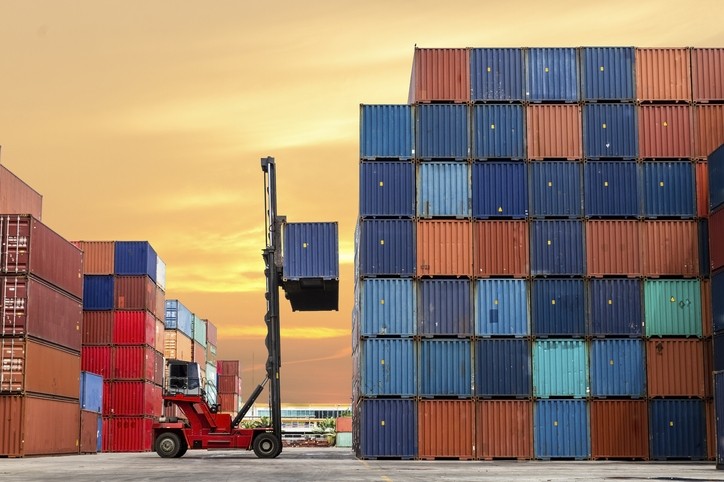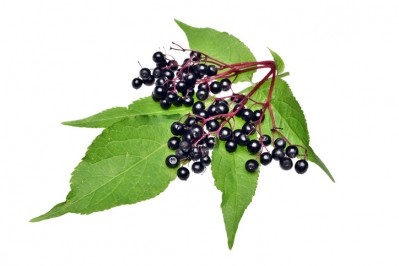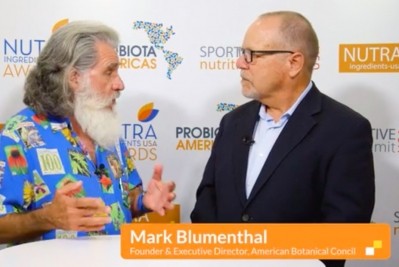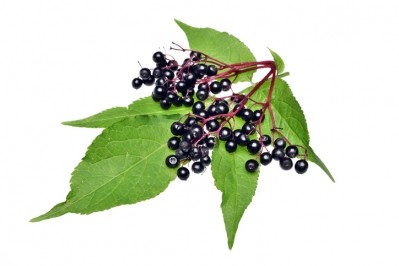Pandemic supply chain issues likely to persist for many months, experts say

The global pandemic delivered a blow to the global supply chain for dietary ingredients unlike anything experienced since the modern dietary supplement industry was created in the 1990s. Demand for certain categories of ingredients, especially any with an immune health tie-in, accelerated at rates never seen before. At the same time growers, harvesters, primary ingredient manufacturers as well as shippers had to deal with lockdown restrictions that sharply curtailed the amount of work that could be done in a given time or in some cases shut down operations entirely.
Suppliers contacted by NutraIngredients-USA said early planning to increase inventories early in the pandemic continues to pay dividends. While the practice presumably has tied up capital, it has kept out of stock situations to a minimum and has helped cushion the dislocations in the global economy caused by the pandemic which has strained supply chains of all sorts.
Planning for a new future
Cal Bewicke, founder and CEO of ingredient supplier Ethical Naturals, said his firm had to build shipping delays into a new supply paradigm.
“Early in the pandemic ENI significantly increased inventory of all of our products, this was to account for the fact that shipping times on imported goods at least doubled (from 4 weeks to 8 and 10 weeks or more). For example, one day about two months ago, there were 29 container ships waiting outside Long Beach harbor to dock and unload. Usually there are one or two. Overall this situation has not changed substantially,” he said.
Wilson Lau, vice president of ingredients supplier NuHerbs, said shortages at the point of origin, a big concern more than a year ago, have eased, though some commodities are still short. But he agreed with Bewicke that getting material where it needs to go in a timely fashion has become the new headache.
“For some items there are still a shortage at origin, but there is also a shortage issue because of logistics. Previously shortages were the problem, and manufacturing has never quite caught up to demand. Now, it’s a matching game. There is a mis-match between where material is and where it needs to be, so companies with the financial wherewithal are buying more material than needed to be on the safe side and planning further out to be sure they have it when they need it,” Lau said.
“We’re buying longer and further out because we don’t know when it will ship. If you order far enough ahead it doesn’t matter if it’s a month late. If you need it in a hurry that’s a bigger issue. People are bringing in more material than they need in the short term, and thinking longer term on their ingredients than they would traditionally. Even ordering two - three months ahead of when you need the material is cutting it close. Lead times are getting longer and longer,” he added.
Damaged supply chains raising adulteration concerns
Bewicke said supply chain shortages continue to be an issue partly because of the globalized supply chain that has built up over the past decade or more was reliant on a smooth flow of material. That dislocation has also led to a greater risk of substitution and adulteration, he said.
“There are definitely shortages of material through the whole supply chain. One example: 5-HTP is manufactured from Griffonia bean grown in Western Africa; this is shipped to China for extraction, and then supplied to the US. This lengthy supply chain has resulted in shortages of this material. Suppliers now are often substituting 5-HTP manufactured through fermentation processes, instead of from Griffonia bean source. This is rarely noted on the C of A,” Bewicke said.
Stefan Gafner, PhD, chief science officer of the American Botanical Council and head of the Botanical Adulterants Prevention Program, said increasing adulteration is one of the risks of the current environment.
“I wouldn’t be surprised if that happens in other areas as well. From the BAPP point of view we often say that we don’t now how much adulteration there is because we don’t have the data. But we are concerned that adulteration could be increasing, and at least with regard to elderberry that seems to be confirmed when talking with manufacturers,” Gafner said.
Large volume can compensate for supply issues
Jim Emme, CEO of finished products manufacturer NOW, said his company’s large volume and long established relationships with suppliers has carried it through the pandemic with a minimum of disruptions.
“We were purchasing larger quantities throughout much of the pandemic, and also had the benefit of having many long term contracts with key suppliers. We have been very loyal to our suppliers during the pandemic, and found that these trusted relationships were quite reliable in the past year. These were practices we have tried to follow as a company, so that has not changed as we emerge from the conditions caused by COVID-19. There continue to be some shortages in packaging supplies, but these situations are certainly exceptions at this point in time. We are not experiencing many shortages in our ingredient supply chains. The current emerging ingredient issues are that many of our material costs are beginning to rise,” Emme said.
Emme said NOW has been impacted like the rest of the industry with the major glitches in the how shipping containers are unloaded and unpacked and with the supply of empty containers in which to export products. The recent blockage of the Suez Canal by a stranded container ship focused the public’s attention on the issue, but the pandemic had already had a much more profound effect on this system.
Out of stocks a continuing concern
The shipping issues, combined with the huge spike in demand for certain categories of dietary supplements, is something that NOW is continuing to deal with, Emme said.
“Our out of stocks began increasing in the middle of the second quarter of 2020, and have continued as the unprecedented demands for our products have continued into 2021. No one foresaw how the pandemic would increase demands for many of our products, with demand increases sometimes as high as 60-70%. We are improving these service levels, which will get better many new investments in manufacturing capacity come online,” Emme said.
Long way yet to go
As the recent news out of India, Africa and South America attests, the pandemic is far from over, and companies will have to continue to prepare for the worst, Emme said. If the pandemic were the Boston Marathon, the world has yet summit Heartbreak Hill.
“We agree that we are likely at mile 18. The pandemic has shown signs of diminishing in the United States, yet continues to be a major problems in some other areas of the world. We believe that the lingering supply chain effects of the pandemic will likely carry on well into 2022,” Emme said.










